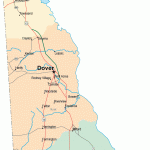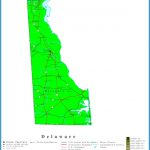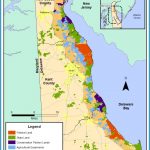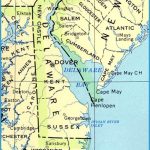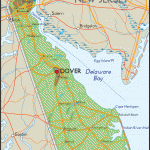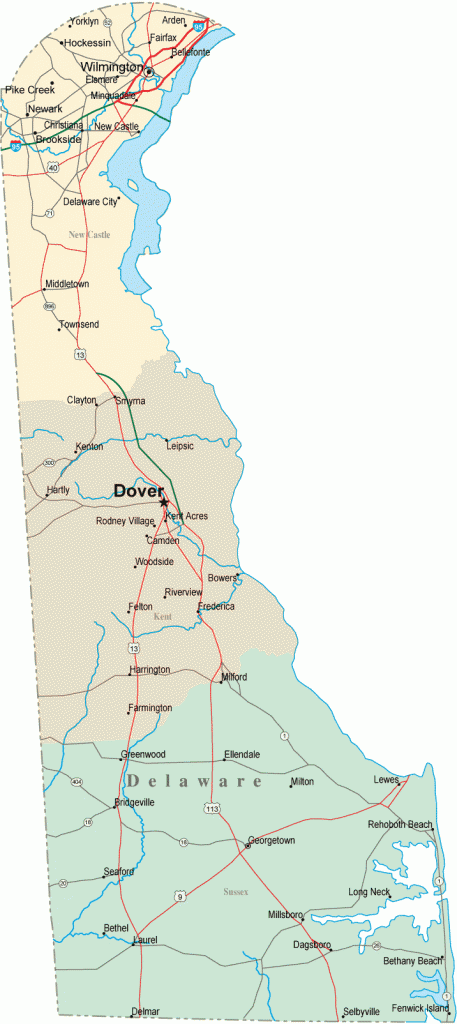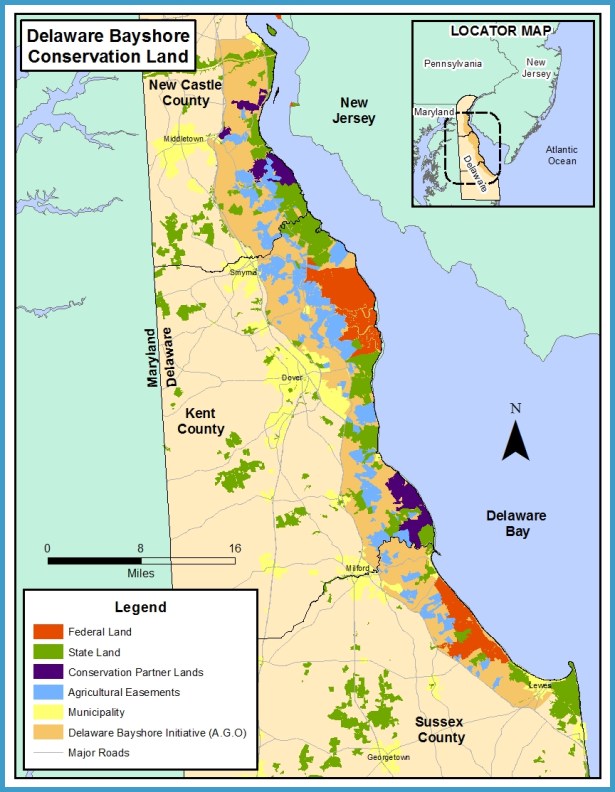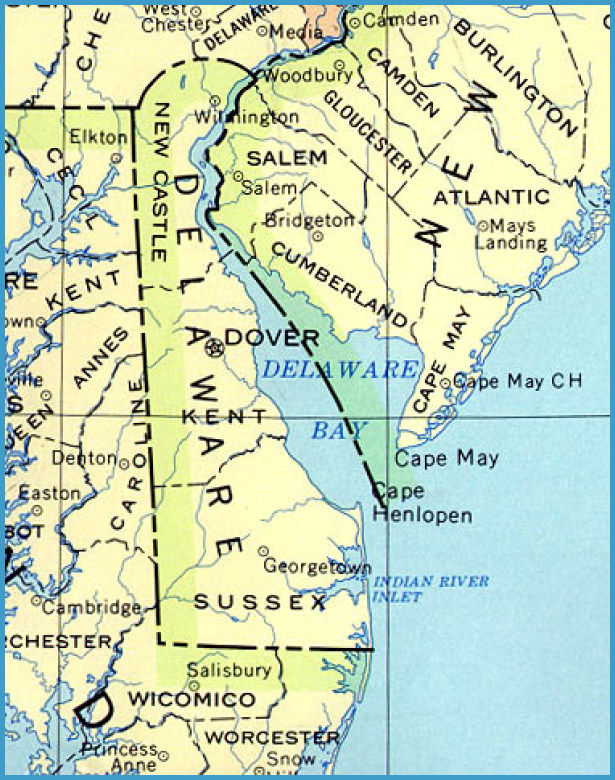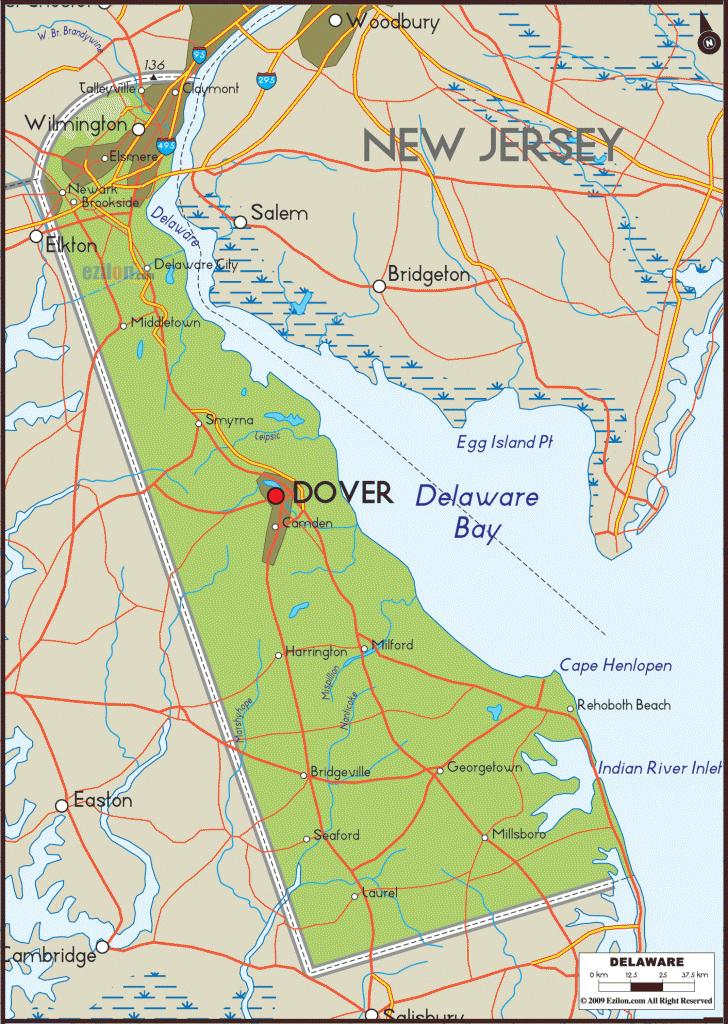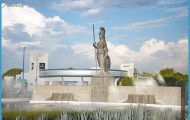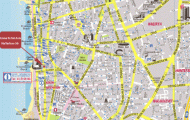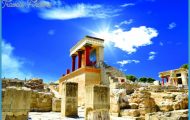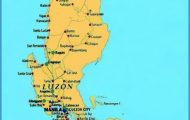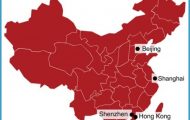CULTURAL CONTRIBUTIONS
Latinos have indisputably had a strong influence on the cultural landscape in Delaware. Earliest efforts to organize the Latino presence in the state resulted in the creation of the Latin American Community Center (LACC), which was founded in 1969 by a small group of Puerto Rican migrants seeking to address the immediate needs of members of their community as they adapted to life in a new country and, in most cases, to a new language. Its main offices are located in Wilmington. LACC offers different programs aimed at different age groups and needs, including La Fiesta I, Early Childhood Assistance Program (ECAP/La Fiesta II), Adult Education Center, DeLead Delaware, and La Oficina de los Ninos. LACC organizes three annual events: the Outstanding Hispanic Student Recognition Awards (April/May), the Hispanic Heritage Month Open House (September), and the Grand Ball (September/October).
In 1977 a group of Puerto Ricans started the Semana Hispana, a weeklong celebration that consisted of a Food Festival on Market Street, the Miss Hispanic Delaware Pageant at Saint Paul’s Catholic Church, a Grand Ball, a three-mile run, and the Puerto Rican Parade. Thirty years later, the Semana Hispana has evolved into the Hispanic Festival of Wilmington, an annual three-day event that reaches the Latino and greater Delaware community. It has become a much-anticipated community tradition and a highlight of the Hispanic Heritage Month. It is organized by Nuestras Ralces Delaware.12
In 1985, the Governor’s Advisory Council on Hispanic Affairs (GACHA) was formed by an executive order signed by Governor Michael Castle; the order was reissued by Governor Thomas R. Carper in 1995. The council has the critical roles of advising the governor of Delaware and serving as a bridge between Latino Delawareans and their state government.13 Its members include Delaware Latinos from all walks of life. The council organizes its work through the Hispanic Student Recognition Program (a joint effort with LACC) and the Economic Development, Health, Education and Social Justice Committees.14
After the passage of IRCA in 1986, the rapid growth of the Latino community in Delaware has become apparent, and so has its impact on the state’s cultural landscape; local and regional journalists periodically report on this topic.15 The local school districts, for example, found themselves dealing with a rising enrollment of migrant children. The Roman Catholic Church has also experienced this growth in Spanish mass attendance and its catechism classes. Local agencies have experienced an increasing Latino clientele seeking social services. The local
supermarkets are regularly stocked with ethnic food such as tortillas, chilies, corn, and so forth. Latino restaurants and grocery stores (which offer money wiring services, Spanish music CDs, and calling cards) have mushroomed almost overnight.
In the southern part of the state, the Latino presence has also contributed to the local culture. Since 1995, the all-volunteer-run Hispanic Festival in Georgetown (Festival Hispano de Georgetown), organized by El Centro Cultural in Georgetown, has been held annually in September at St. Michael’s Catholic Church. The festival includes instrumental, vocal, and dance performances, an art exhibit, a costume parade, children’s activities, and traditional Hispanic foods. In 2004, the Library of Congress designated the Festival a Delaware Local Legacy.16
Also in Georgetown, La Esperanza Community Center was founded in 1996, primarily to provide support to the increasing number of migrant workers arriving in Sussex County from Mexico and Guatemala. Since then, it has evolved into a multi-service support organization that assists with the assimilation of Latinos into the broader Sussex County population.17
Voices Without Borders/Voces Sin Fronteras is a faith-based, grassroots advocacy nonprofit organization based in Wilmington, committed to improving the quality of life of Latinos and Latin American migrants living in Delaware. Founded in 2000, Voces seeks to promote social and institutional change by establishing a space for dialogue and exchange among its members, members of other organizations, and the government.
In the academic arena, the La Raza Alumni Association (LRAA) at the University of Delaware was created in 2006. LRAA is an organization that serves many purposes; most notably, it offers oversight and expertise to La Raza undergraduate executive boards, fosters social and intellectual development of La Raza members, works to maintain unity among under-represented communities, and raises money to support future generations of minority students in higher education. LRAA also serves as a forum for La Raza alumni to engage each other in the public, private, and nonprofit sectors to increase the wealth, power, and influence of the La Raza Familia. The ultimate goal of LRAA at the University of Delaware is to raise money to establish an endowment to support the La Raza Center for Latino and Minority Affairs (La Raza Center).
The pervasive presence of the Spanish language has become apparent in media. There are at least five Spanish newspapers: El Tiempo Hispano (bilingual weekly); El Mundo Hispano (bilingual monthly); El Sol Delaware (Philadelphia’s El Sol created a Delaware edition); Hoy en Delaware (bilingual monthly); and Unidad Latina (bilingual semi-monthly in Oxford, Pennsylvania, covering southern Chester County, Pennsylvania, and Delaware). El Tiempo Hispano is particularly important. It began in January 2006 with a run of 3,000 for each edition. In just over a year, that number grew to 10,000. Written in both Spanish and English, El
Tiempo Hispano looks at issues of importance to Delaware’s Latino community, covering most of the Delmarva Peninsula. The newspaper features community events as well as information about local communities and leaders. Because one of the goals of the newspaper is to build bridges for new migrants coming to the area, it is intentionally published in both English and Spanish. Additionally, an online version is available.18
There is one radio station, La Exitosa/930 AM, which offers round-the-clock Spanish-language programming in Milford.19 Other stations have individual Spanish programs: En Espanol, 10:30 A.M.-noon on Sundays, WGMD/92.7 FM in Rehoboth Beach; La Invasora, 9 A.M.-midnight on Saturdays, WJWL/900 AM in Georgetown and WJWK/1280 AM in Seaford; The Latin Beat, noon-1 P.M. on Sundays, WDEL/1150 AM in Wilmington; and Radio Uno, 4-6 P.M. on Saturdays, WVUD/91.3 FM in Newark. There are also three television programs: Con Sabor Hispano, Dando la Vuelta, and (Viva la Vida!
Finally, Delawarehispanic.com was created in 2002 as the first Hispanic Internet magazine in Delaware; it serves as a resource for Latinos to progress and improve their lives. It aims at teaching the state’s Latinos about voting, getting driver’s licenses, and gaining access to political leaders. It also includes information on Spanish-language church services, leaders in the state’s Latino community, and jobs for bilingual workers.
NOTES
1. http://www.geolytics.com/projection.
2. Hoffman, 1990.
3. Weslager, 1972.
4. In 1610 English sea captain Samuel Argall sailed into the bay and named present-day Cape Henlopen Cape La Warre, giving rise to the name Delaware for the bay, the river, the Native American group, and later, the state.
5. Munroe, 2006, 130-143.
6. Garcia, 1997, 12.
7. Munroe, 2006.
8. Griffith and Kissam, 1995.
9. Borland, 2001.
10. Caldwell, 2006.
11. Unofficial estimates indicate that these figures might be even higher. See, for example, Horowitz and Miller, 1999.
12. http://nuestrasraicesde.org.
13. http://www.dhss.delaware.gov/dhss/dssc/gacha/index.html.
14. GACHA’s Annual Report 2006.
15. See, for example, Caldwell 2006 and Nefosky 2006. Annie Nefosky, a Wilmington-based radio journalist, won 1450 WILM NEWSRADIO 2006 awards in the categories
for National Federation of Press Women (Special Programming) and the National
Edward R. Murrow Award (News Series) for her radio program Chasing Dreams in the
First State: An In-Depth Look at the Latino Population in Delaware.
16. http://lcweb2.loc.gov/diglib/legacies/DE/200002825.html.
17. http://www.laesperanza.org.
18. http://www.eltiempohispano.com.
19. http://www.wyusam.com.

